Shakespearean
Shakespearean Playing Cards designed by Frederick Colin Tilney, made by John Waddington Limited, 1932-3.
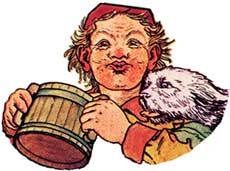
Designed by Frederick Colin Tilney, made by John Waddington Ltd c.1932-3.
The characters of the court cards are chosen from Shakespeare's plays and are arranged into the four suits as follows: Hearts for the gentler emotions; Diamonds for wealth or greed; Clubs for aggressiveness and strife; Spades for the tragic methods of schemers. The quotation on each card consists of words spoken by the character depicted, and the phrases have been chosen with a view to the temperament and the leading episode of the character; at the same time being applicable to the hopes and fears involved in card-playing. See the box►
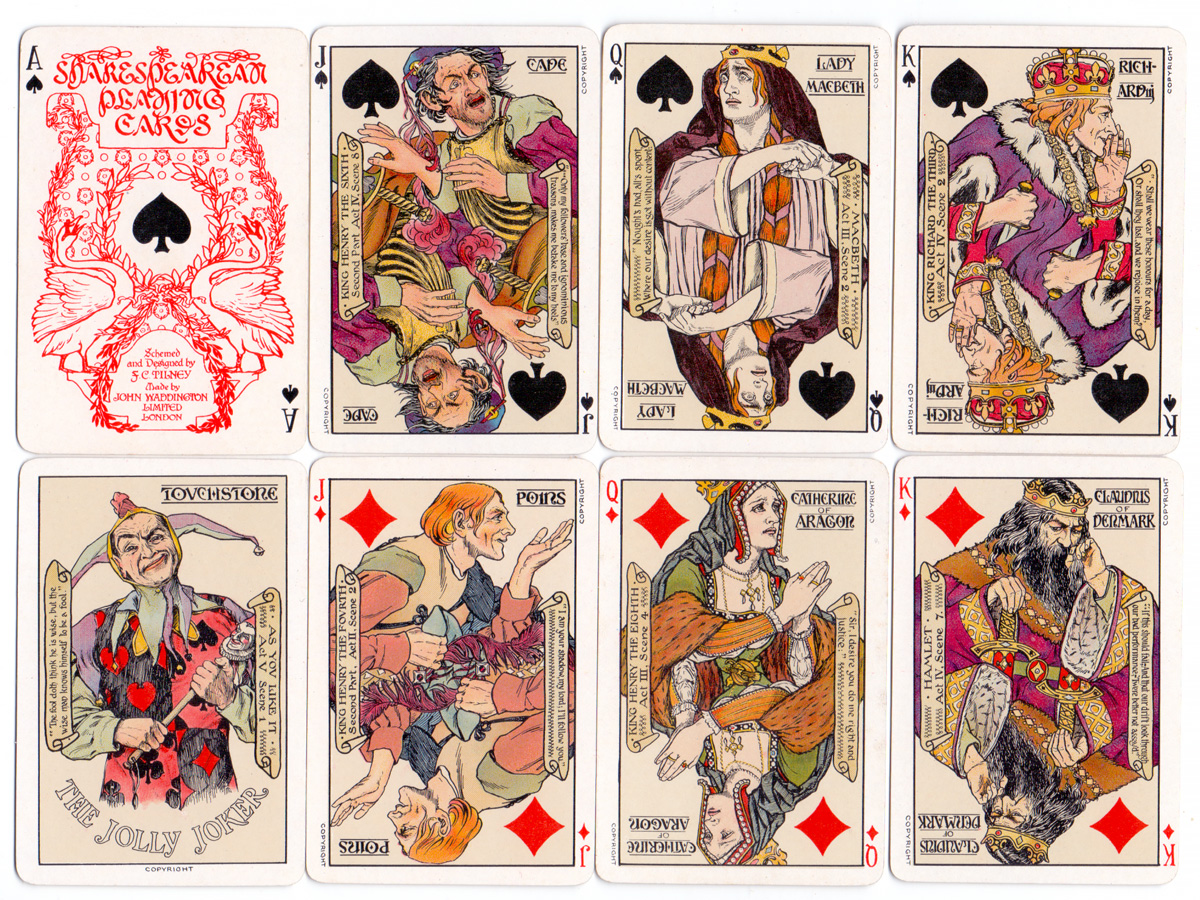
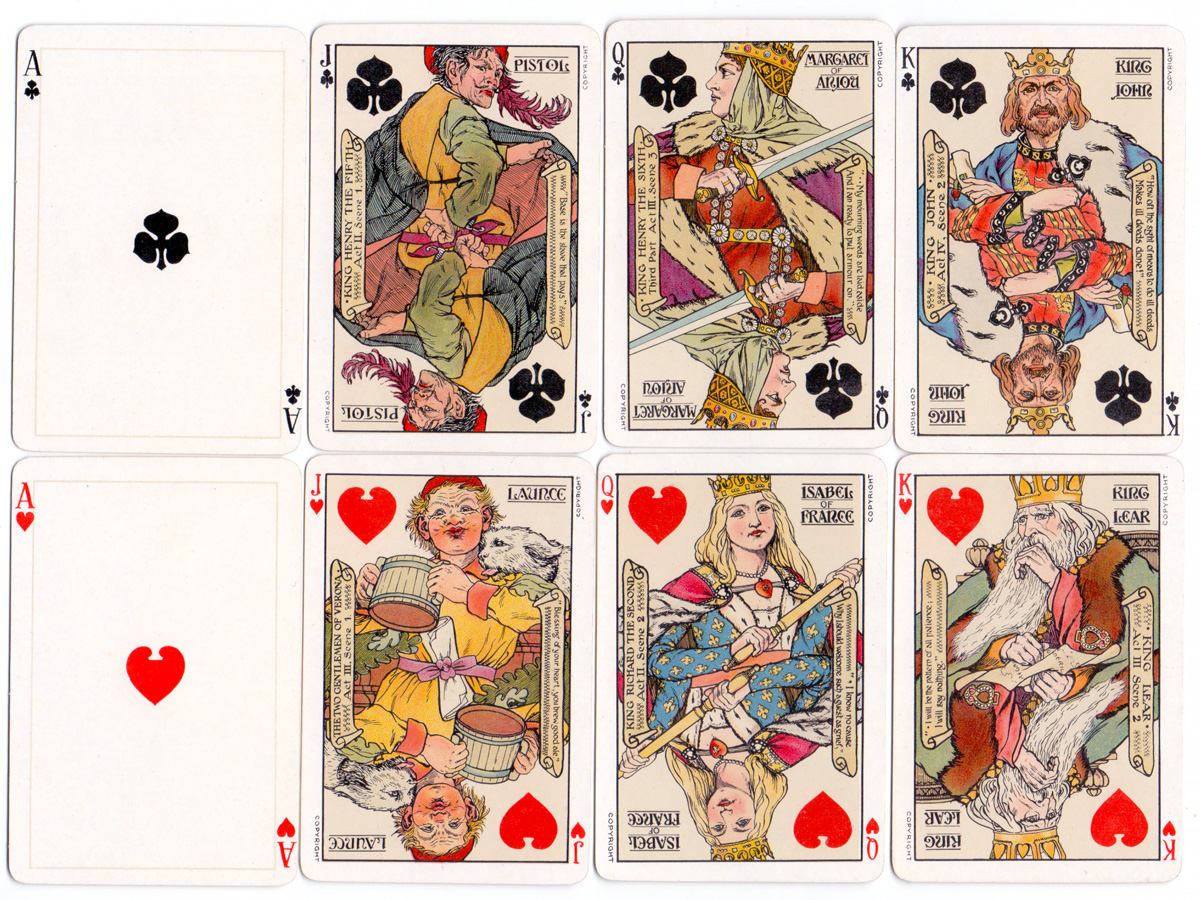

Above: Shakespearean playing cards, designed by the author and illustrator Frederick Colin Tilney, made by John Waddington Limited c.1932-3. The pack includes a Joker card impersonating Touchstone plus an explanatory leaflet. The Ace of Spades bears laurels in the form of a lyre.
• See single box • double plastic box, c.1975 which also included a leaflet►
Around 1985, A.S.S. of Leinfelden took over the printing of these cards for Waddingtons and issued them in one of their typical drop-lid boxes. In the A.S.S. printing, there was no leaflet. Instead, the same information as on the leaflet was printed on two additional cards, one in each pack. Single packs were also issued around this time. On the back of the purple box (A.S.S. printing), one can read "Made in W. Germany". After German reunification in 1989, this was changed to "Made in Germany". - R.S.
Note: The first edition of this pack appeared in 1904, published by Swan Sonnenschein & Co Ltd, Paternoster Square, London, and printed by Bemrose & Sons Ltd.
See also: Faulkner & Co Shakespeare Pack • Shakespearean Misfitz • Goodall & Sons Shakespeare 300th Anniversary • Shakespeare by Piatnik

Above: a later edition of Tilney's Shakespearean playing cards, published by Waddingtons Playing Card Co. Ltd as a 1978 desk-top calendar with the calendar for one week of the year on the back of each card along with a quotation from one of Shakespeare's plays. 52 cards + 2 jokers.
By Simon Wintle
Spain • Member since February 01, 1996 • Contact
I am the founder of The World of Playing Cards (est. 1996), a website dedicated to the history, artistry and cultural significance of playing cards and tarot. Over the years I have researched various areas of the subject, acquired and traded collections and contributed as a committee member of the IPCS and graphics editor of The Playing-Card journal. Having lived in Chile, England, Wales, and now Spain, these experiences have shaped my work and passion for playing cards. Amongst my achievements is producing a limited-edition replica of a 17th-century English pack using woodblocks and stencils—a labour of love. Today, the World of Playing Cards is a global collaborative project, with my son Adam serving as the technical driving force behind its development. His innovative efforts have helped shape the site into the thriving hub it is today. You are warmly invited to become a contributor and share your enthusiasm.

Leave a Reply
Your Name
Just nowRelated Articles

Aesop’s Fables
Aesop’s Fables playing cards by I. Kirk, c.1759.
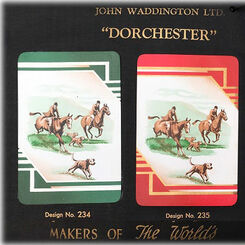
Waddington’s 1940 Trade Brochure
Waddington’s 1940 Trade Brochure.

Kon-Vex Playing Cards
Waddington’s introduced a series of unusual shapes in the early 1950s.
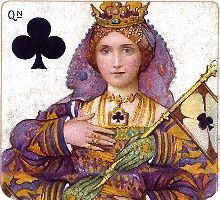
Shakespeare Playing Cards
Shakespeare playing cards published in the 1890s with original paintings by John H. Bacon.

Siriol Clarry
Playing cards designed by Siriol Clarry

John Waddington Ltd, early type
John Waddington Ltd, early type Ace of Spades and court cards, 1922-30.

Waddington’s Playing Cards
John Waddington Limited was a leading producer of playing cards and card games in the UK during the ...

About Peter Wood
Peter Wood is a UK based artist.

About Shelley Fowles
Shelley Fowles was born in South Africa but has lived in the United Kingdom since 1979. She trained ...

Waddington’s “Envoy“ Series
Waddington’s “Envoy“ Series.
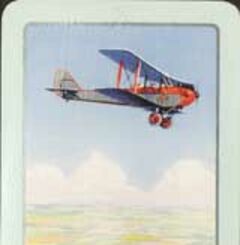
Waddington’s “Flying” Series, 1933
Waddington’s “Flying” Series, 1933.

Waddington’s Classic and Wildlife Series, 1933
Waddington’s Classic and Wildlife Series, 1933.

Waddington’s Varsity Series
Waddington’s Varsity Series.
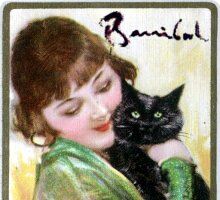
Barribal Series
William H. Barribal (1873 - 1956) was a London artist who created the Waddingtons 'Barribal' playing...

Waddington’s Sporting Birds Series 1933
Waddington’s Sporting Birds Series 1933.
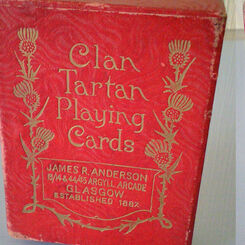
Waddington’s Clan Tartan Series
Waddington’s Clan Tartan Series, 1933.
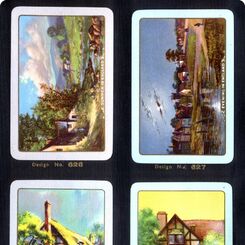
Waddington’s “Rural England” Series, 1933
Waddington’s "Rural England" Series, 1933.
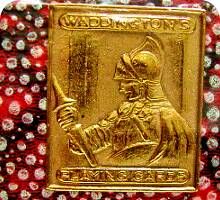
Waddington’s Old Master Series, 1933
Waddington’s Old Master Series, 1933

Waddington’s 1933 Trade Brochure
Waddington’s 1933 Trade Brochure.

Waddington’s Dog Series
Waddington’s Dog Series, 1933
Most Popular
Our top articles from the past 60 days


 Your comment here. Your comment here. Your comment here. Your comment here. Your comment here. Your comment here. Your comment here. Your comment here. Your comment here. Your comment here. Your comment here. Your comment here. Your comment here. Your comment here. Your comment here. Your comment here. Your comment here. Your comment here. Your comment here. Your comment here. Your comment here. Your comment here. Your comment here. Your comment here. Your comment here. Your comment here. Your comment here. Your comment here. Your comment here. Your comment here. Your comment here. Your comment here.
Your comment here. Your comment here. Your comment here. Your comment here. Your comment here. Your comment here. Your comment here. Your comment here. Your comment here. Your comment here. Your comment here. Your comment here. Your comment here. Your comment here. Your comment here. Your comment here. Your comment here. Your comment here. Your comment here. Your comment here. Your comment here. Your comment here. Your comment here. Your comment here. Your comment here. Your comment here. Your comment here. Your comment here. Your comment here. Your comment here. Your comment here. Your comment here.




















